 Publications
Publications
Modelling Aesthetic Judgment: An Interactive-semiotic Perspective
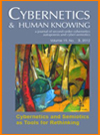 Aesthetic experience, as a cognitive activity is a fundamental part of the interaction process in which an agent attempts to interpret his/her environment in order to support the fundamental process of decision making. Proposing a four-level interactive model, we underline and indicate the functions that provide the operations of aesthetic experience and, by extension, of aesthetic judgment. Particularly in this paper, we suggest an integration of the fundamental Peircean semiotic parameters and their related levels of semiotic organization with the proposed model. Our aim is to provide a further theoretical understanding with respect to the perception of aesthetics and to enrich our models regarding the functionality of aesthetic interpretation, using the theoretical interpretive richness provided by the semiotic perspective.
Aesthetic experience, as a cognitive activity is a fundamental part of the interaction process in which an agent attempts to interpret his/her environment in order to support the fundamental process of decision making. Proposing a four-level interactive model, we underline and indicate the functions that provide the operations of aesthetic experience and, by extension, of aesthetic judgment. Particularly in this paper, we suggest an integration of the fundamental Peircean semiotic parameters and their related levels of semiotic organization with the proposed model. Our aim is to provide a further theoretical understanding with respect to the perception of aesthetics and to enrich our models regarding the functionality of aesthetic interpretation, using the theoretical interpretive richness provided by the semiotic perspective.
Xenakis I., Arnellos A., Spyrou T. & Darzentas J.(2012). Modelling Aesthetic Judgment: An Interactive-semiotic Perspective. Cybernetics & Human Knowing, 19(3), 25–51

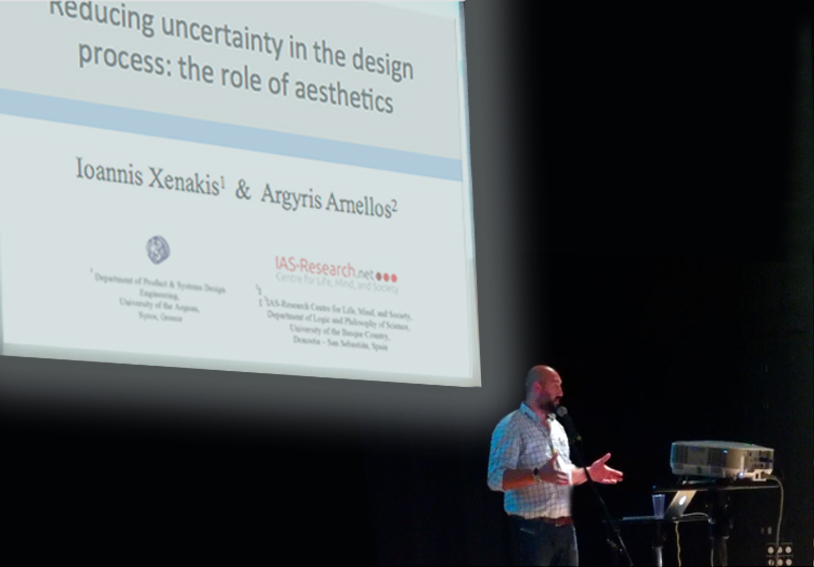
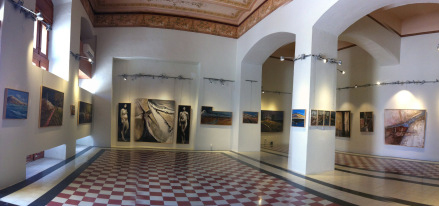


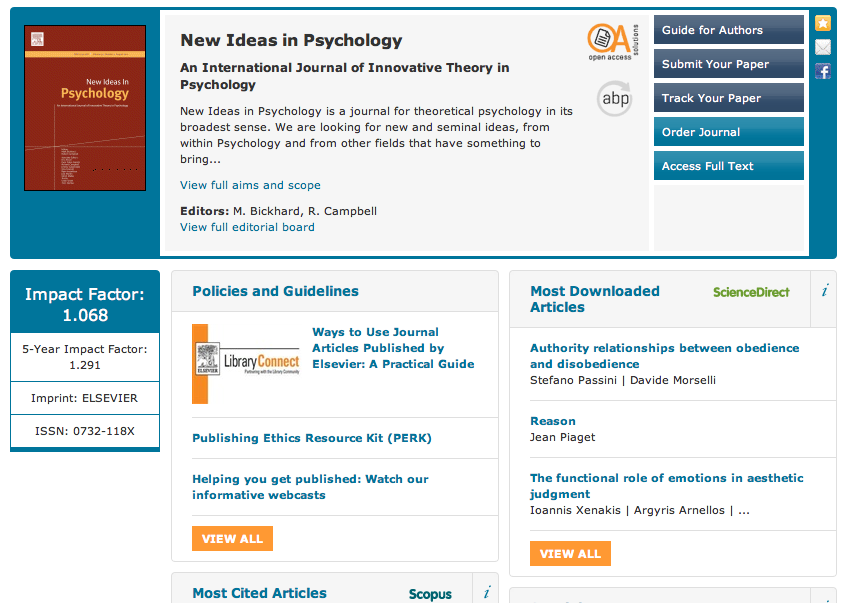
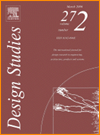
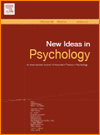

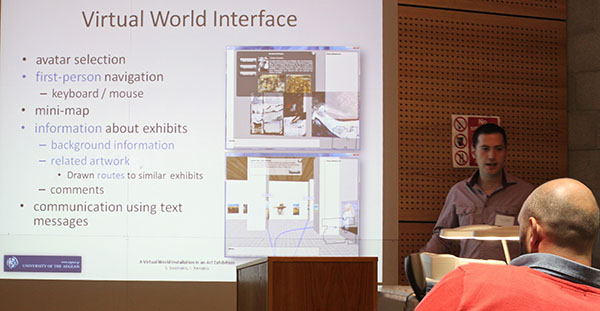 In 2005 “Re-Thinking Technology in Museums” brought together a group of academics and practitioners discussing novel ways of conceptualizing the museum experience in light of the presence of interactive technologies. The 2nd edition of this conference on the theme of “Emerging Experience” will further the discussion on novel approaches for understanding people’s experiences in museums and galleries, and for designing interactive technologies to support these experiences. In recent years, the increased presence of mobile smart appliances such as smart phones, and the growth of social media and social networks have impacted on the strategies deployed by museums and exhibition sites to invite, engage and connect with visitors and stakeholders.
In 2005 “Re-Thinking Technology in Museums” brought together a group of academics and practitioners discussing novel ways of conceptualizing the museum experience in light of the presence of interactive technologies. The 2nd edition of this conference on the theme of “Emerging Experience” will further the discussion on novel approaches for understanding people’s experiences in museums and galleries, and for designing interactive technologies to support these experiences. In recent years, the increased presence of mobile smart appliances such as smart phones, and the growth of social media and social networks have impacted on the strategies deployed by museums and exhibition sites to invite, engage and connect with visitors and stakeholders.